Play, performance, participation
-
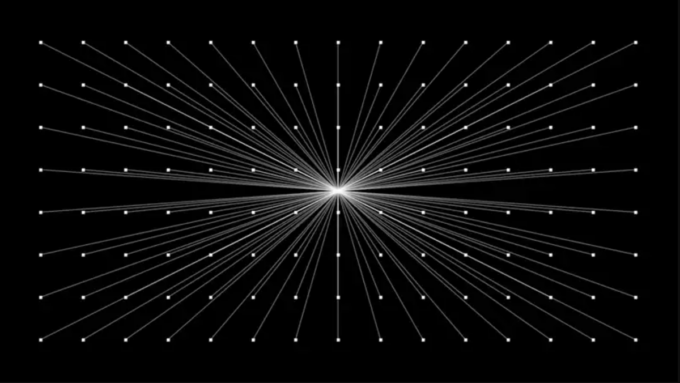
Teaching Processing at BTH
I’ve spent 3 weeks at Blekinge institute of technology, teaching coding to Digital Image students. I’ve been using Processing, which was designed by MIT to make interactive graphics, animations, and multimedia projects. One advantage of using Processing to teach coding is its simplicity. Processing is built on the Java programming language, but it has a…
-
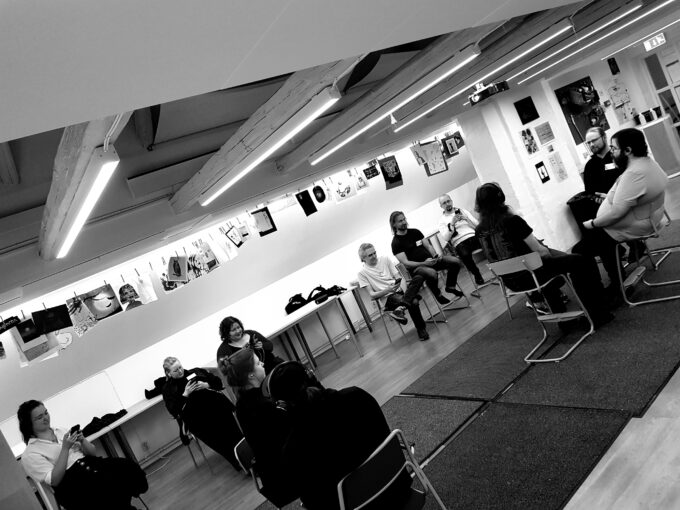
Mobilized and Control game prototypes at Stockholm scenario festival
I went to Stockholm Scenario Festival this week and played a prototype of Mobilized and a new prototype with the working title Control Game (both made in collaboration with Nea Landin). It’s always great to see new material in the hands of larpers and I got great feedback.
-
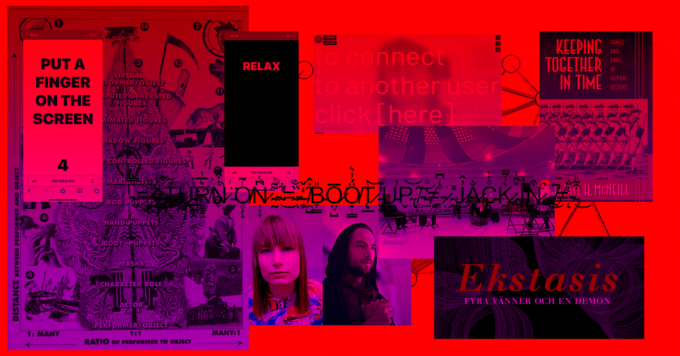
turn on, boot up, jack in – Gula villan, Järna
Vi presenterar fyra performativa situationer som förlitar sig på nya tekniska sammansättningar. Det blir käk. Det blir mysigt. Det blir kul. Kom förbi, häng och delta! Du behöver inte komma i sällskap av någon. Vi kopplar samman det antal deltagare som behövs för att spela. /Nea & Gabriel 𝗦𝗖𝗛𝗘𝗠𝗔14-16.00 Drop in med verken:OTHER (2 deltagare…
-
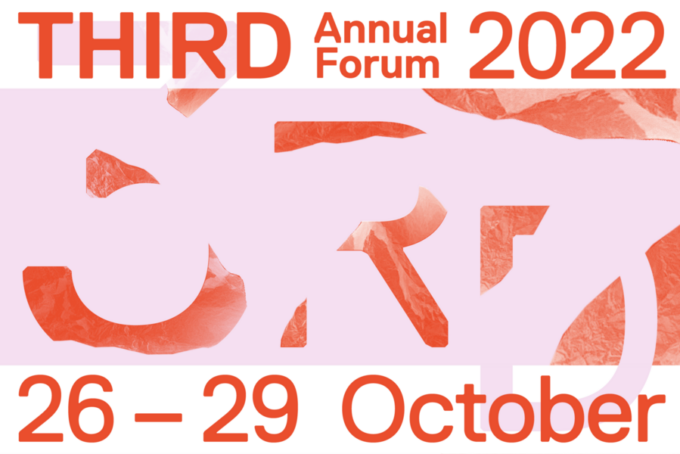
The Unquiet Veil in Amsterdam
I will once again game master Áron Birtalan’s scenario The Unquiet Veil. This time at DAS in Amsterdam. The Unquiet Veil is a low-key role-playing experience / fictional workshop where players are guided through playful and mystical activities in which they develop their own practice of ‘everyday death magick’, make a pact with an imaginary…
-
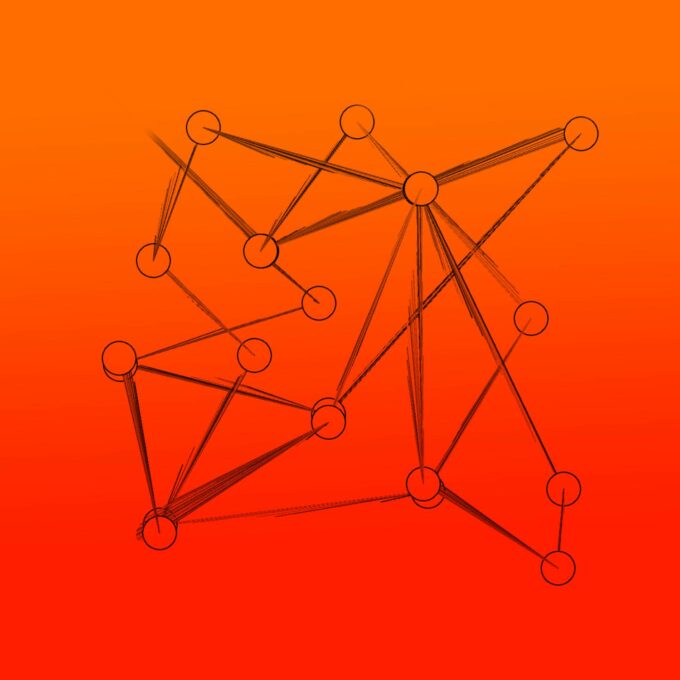
Mobiliserad: work in progress-visning på Alternativfesten
Detta är en workshop/visning där din mobil leder dig in i rörelse tillsammans med de andra deltagarna. I denna prototyp undersöker vi de täta förbindelser som finns mellan maskiner och människokroppar. “Mobiliserad” föreslår ett deltagarbaserat utforskande av mobilens potential för interaktion, beslutsfattande, rörelse och kollektivt handlande. Instruktionerna kan vara individuella eller gemensamma, rytmiserade eller slumpmässiga.…
-
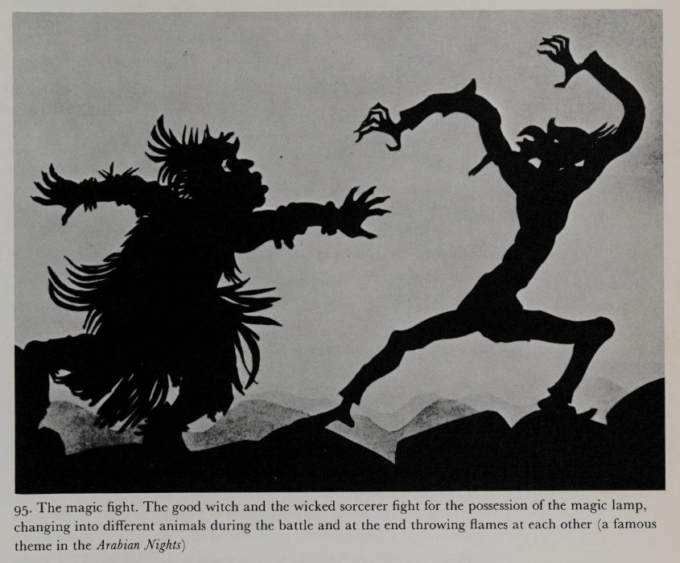
Anteckningar från en kurs i dockteater
Jag tänker nu på dockan som ett gränssnitt mellan aktör och publik. Dockan är ett medierande objekt som befinner sig någonstans mellan aktörens hand eller kropp och publikens blick. På det sättet är den också granne med mask. I skuggteatern behövs även ljus och duk för att dockan ska framträda. Dockans och skuggteaterns historia är…
-
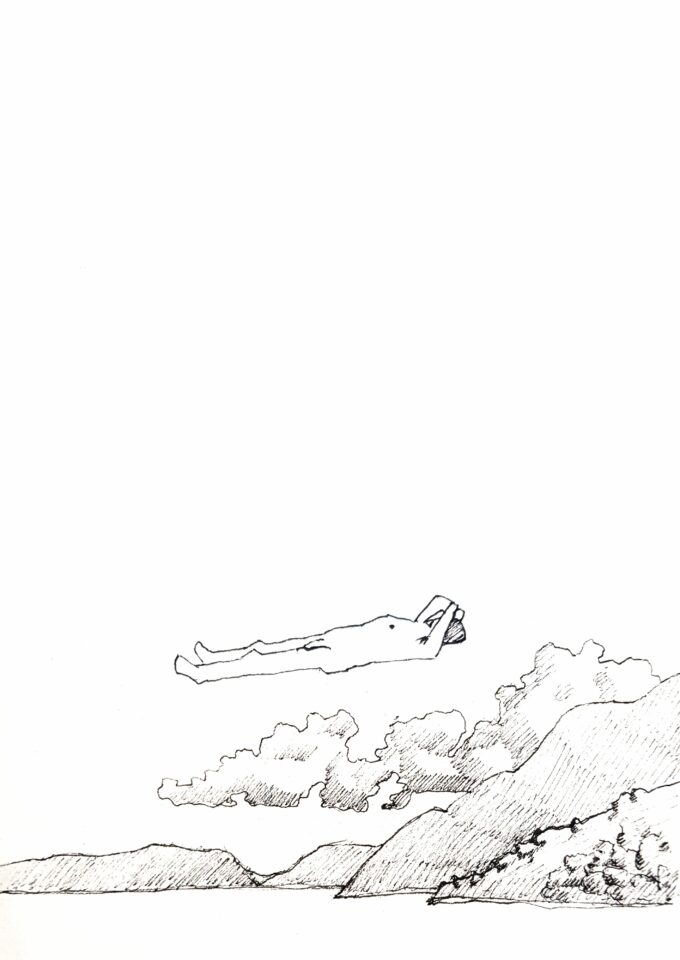
Vacation
-
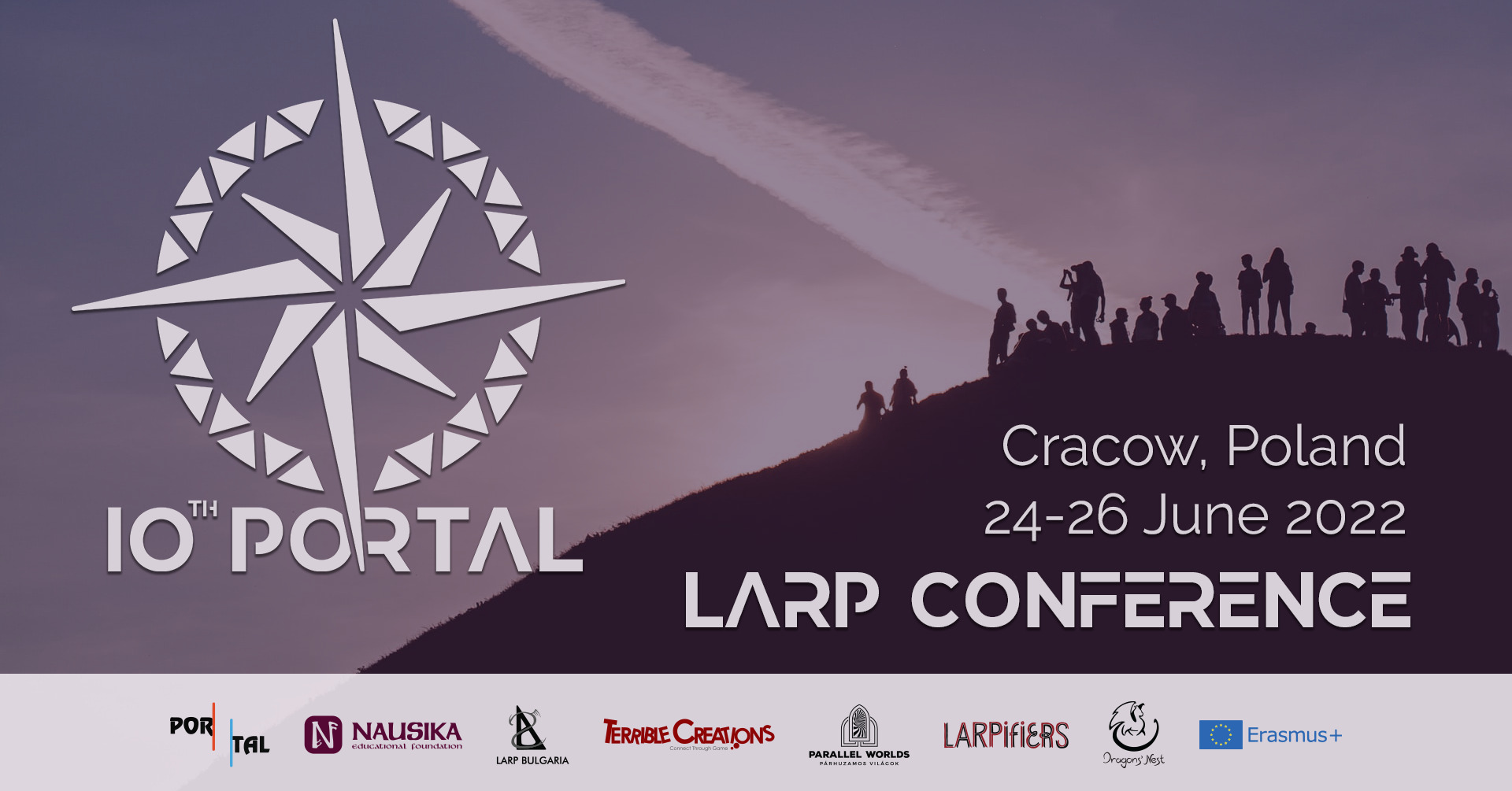
Visiting Portal10
I had the pleasure of giving a workshop with Thom Kiraly at Portal10 in Krakow on the midsummer weekend. Among other things I tried out the prototype for mobile phones created with Nea Landin. The material draws inspiration from Baudrillard’s Ecstasy of Communication: The body as a stage, the landscape as a stage, and time…
-
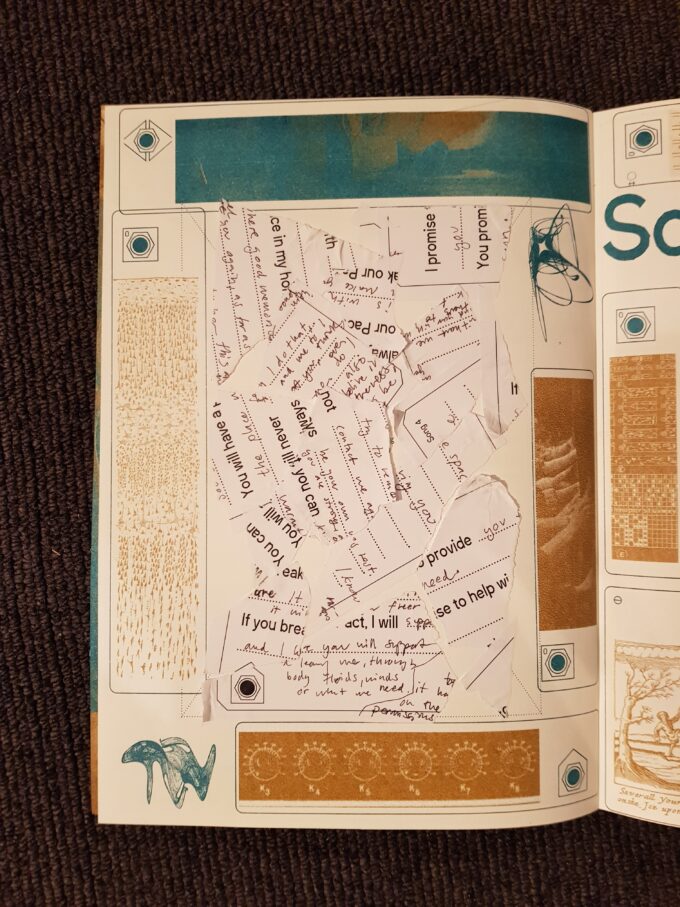
The Unquiet Veil at A thinking practice
A Thinking Practice is a practice based symposium addressing collective learning processes in relation to listening, asymmetries, filth, not-knowing and desire. We long for a space to think, feel, organize and practice with others. A space where we, despite knowing that we won’t find any simple solutions, engage with each other in an unknown future.…
-

Workshop at Portal 10 LARP Conference
The 10th Portal celebrates diversity and invites all larpers from North, East, South, West, to share their approaches, styles, cultures, and cardinal directions of larping. We don’t strive to be a compass that shows the right direction but a wind rose that showcases all the directions at the same time. There are no rights or…
-
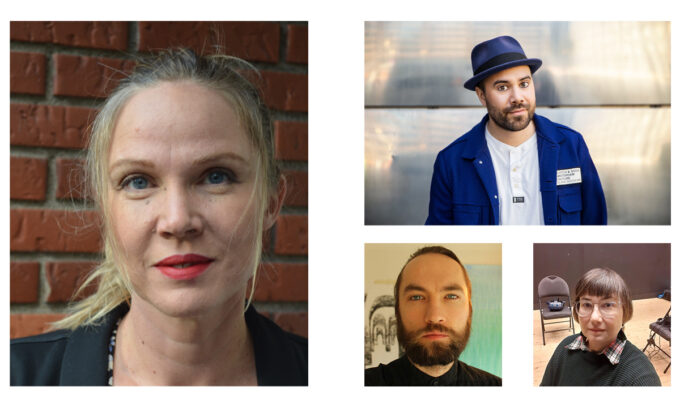
Panel om interaktivitet och scenkonst på BIBU 2022
ÄR TECHFORMANCE MORGONDAGENS SÄTT ATT MÖTA PUBLIKEN? Techformance möjliggör interaktiv scenkonst där element från nätkulturer och spelvärlden möter teater. Tillsammans med barn, scenkonstbranschen, speldesigners, teaterpedagoger och tillgänglighetsexperter utmanas scenkonsten och tekniken för att skapa Techformance. På BiBU erbjuds du att uppleva en Techformance-demo där verktygen prövas. Därefter leder Jenny Aschenbrenner panelsamtal tillsammans med viktiga aktörer…
-
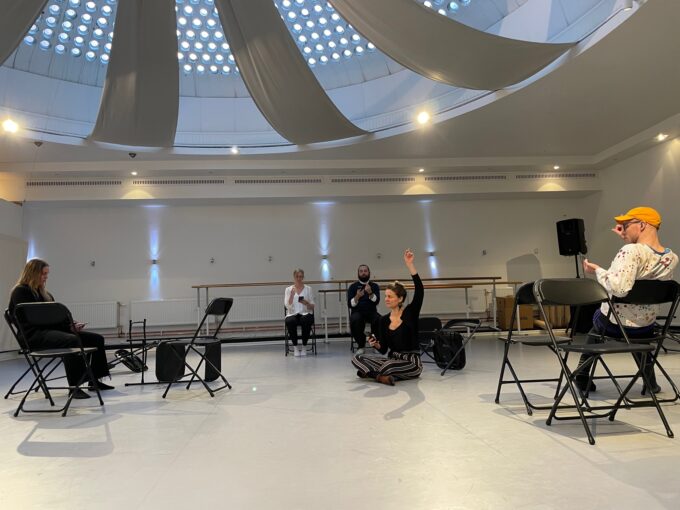
Prototyping for movement with mobile phones
I’ve been spending a week with dancer and artist Nea Landin at a residency initiated by Danscentrum in a new studio in Stockholm called Söderkupolen. We met in a coding course at Konstfack and have similar interests in instruction based performances. In the residency we started working with real-time multi-user web technologies. Instructions are distributed…